
Do you have a question about the Toyota 2007 Avalon and is the answer not in the manual?
| Brand | Toyota |
|---|---|
| Model | 2007 Avalon |
| Category | Automobile |
| Language | English |
Provides an overview of the vehicle's instruments and controls.
Covers the operation of keys and doors for vehicle access and security.
Describes how to lock and unlock side doors using the mechanical key.
Describes how to lock and unlock side doors using the smart key system.
Explains the automatic door locking features linked to shift position or vehicle speed.
Describes how to customize automatic door locking functions.
Details the operation of the front power windows.
Describes the operation and function of the trunk opener main switch.
Provides instructions on how to set the theft deterrent system.
Details the sliding operation of the electric moon roof.
Details the tilting operation of the electric moon roof.
Covers the various systems designed to restrain occupants during a crash.
Details the adjustment and safety precautions for front seats.
Provides crucial safety advice regarding driver and front passenger seating positions.
Explains how to recall stored driving positions using memory buttons.
Details how to adjust the seatback angle for rear seats.
Explains the operation and settings for the front seat heaters.
Provides essential precautions for the proper and safe use of seat belts.
Details the SRS airbags for the driver, driver's knee, and front passenger.
Provides essential safety precautions and recommendations for child restraint systems.
Classifies child restraint systems based on child's age and size.
Covers the operation and adjustment of the steering wheel and mirrors.
Covers the operation of various lights, wipers, and defogger systems.
Details manual and automatic operation of headlights.
Explains the automatic headlight control system.
Details how to operate turn signals and lane change signals.
Details manual and automatic headlight operation.
Explains how to adjust the sensitivity of the automatic wiper control.
Details the automatic operation mode of the windshield wipers.
Covers the vehicle's gauges, meters, and service reminder indicators.
Covers the operation of the ignition switch, transmission, and parking brake.
Details the operation and positions of the automatic transmission selector lever.
Explains the normal driving mode (D position) for the automatic transmission.
Details the operation of the S mode for sequential shifting and engine braking.
Instructions for turning the cruise control system on and off.
Identifies the location of cruise control switches on the steering wheel.
Identifies the location of cruise control indicators in the instrument cluster.
Covers the vehicle's audio system, including references and operation.
Provides basic information on operating the audio system.
Covers the operation and components of the air conditioning system.
Guides on how to check and replace the air conditioning filter.
Covers various other equipment and features of the vehicle.
Step-by-step instructions for programming the HomeLink system.
Provides essential information and precautions before driving the vehicle.
Specifies the required type of unleaded gasoline for the vehicle.
Recommends the appropriate octane rating for the vehicle's fuel.
Explains the location and purpose of the Vehicle Identification Number (VIN).
Shows the location of the engine number stamp.
Illustrates and explains the standard symbols found on tires.
Provides precautions for safely stowing cargo and luggage in the vehicle.
Explains how cargo capacity is determined and distributed.
Covers basic procedures for starting and driving the vehicle.
Details procedures for starting the vehicle's engine.
Details how to start the engine using the smart key system.
Explains the cranking hold function for engine starting.
Provides steps to take before initiating the engine cranking process.
Lists reminders for smart key system functions and warnings.
Details the weight limits for towing, including trailer, axle, and tongue load.
Lists common emergency situations and where to find information.
Outlines basic checks to perform if the vehicle will not start.
Troubleshooting steps for an engine that cranks slowly or not at all.
Troubleshooting steps if the engine cranks but won't start.
Provides instructions for starting a flooded engine.
Details towing procedures using a wheel lift type truck.
Details towing procedures using a flat bed truck.
Covers methods for preventing corrosion and maintaining vehicle appearance.
Emphasizes the importance of regular washing for preventing corrosion.
Instructions for safely washing the vehicle by hand.
Covers maintenance procedures for the engine and chassis components.
Explains the scheduled maintenance items required at regular intervals.
Information on where to get service performed for the vehicle.
Safety caution for performing checks with the engine running.
Lists items to check in the engine compartment regularly.
Introduces the do-it-yourself maintenance section.
Details manual and power adjustments for the front seats.
Explains how to adjust the rear seats.
Instructions for adjusting the head restraints.
Explains the operation of the windshield wipers and washer system.
Details the automatic operation and lock function of the vehicle's windows.
Instructions for turning the cruise control system on and off.
Explains the operation of the fixed speed cruise control mode.
Explains the operation of the distance control mode for adaptive cruise control.
Provides a summary of the vehicle's specifications.
Specifies the required type of unleaded gasoline for the vehicle.
Recommends the appropriate octane rating for the vehicle's fuel.
Explains the process for reporting safety defects to NHTSA and Toyota.
Explains the basic operation of the Dynamic Laser Cruise Control system.
Explains the meaning of safety and vehicle damage warning symbols used in the manual.
Emphasizes the importance of understanding occupant restraint systems for safety.

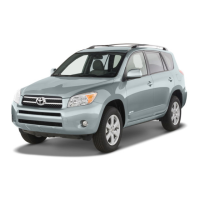
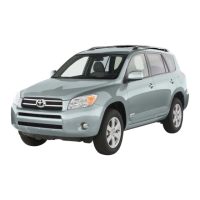

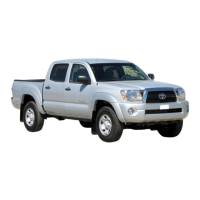
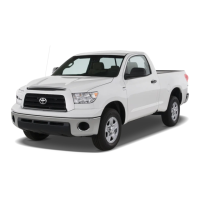
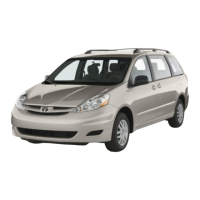
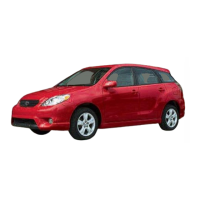
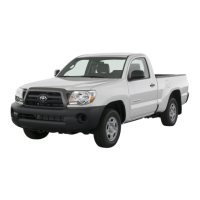
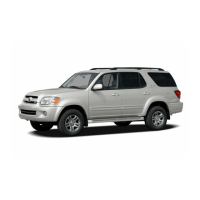

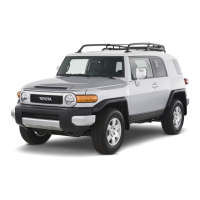
